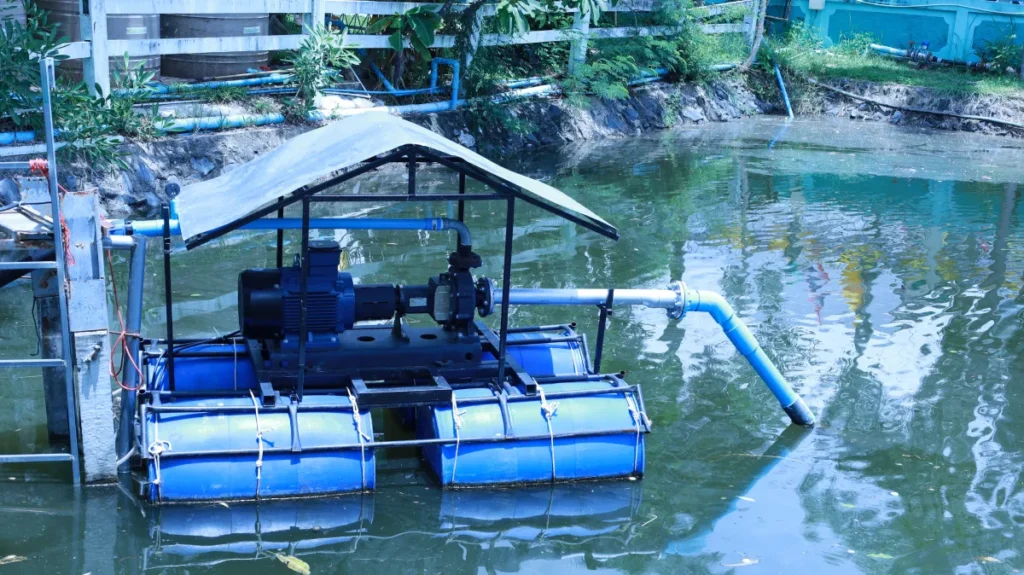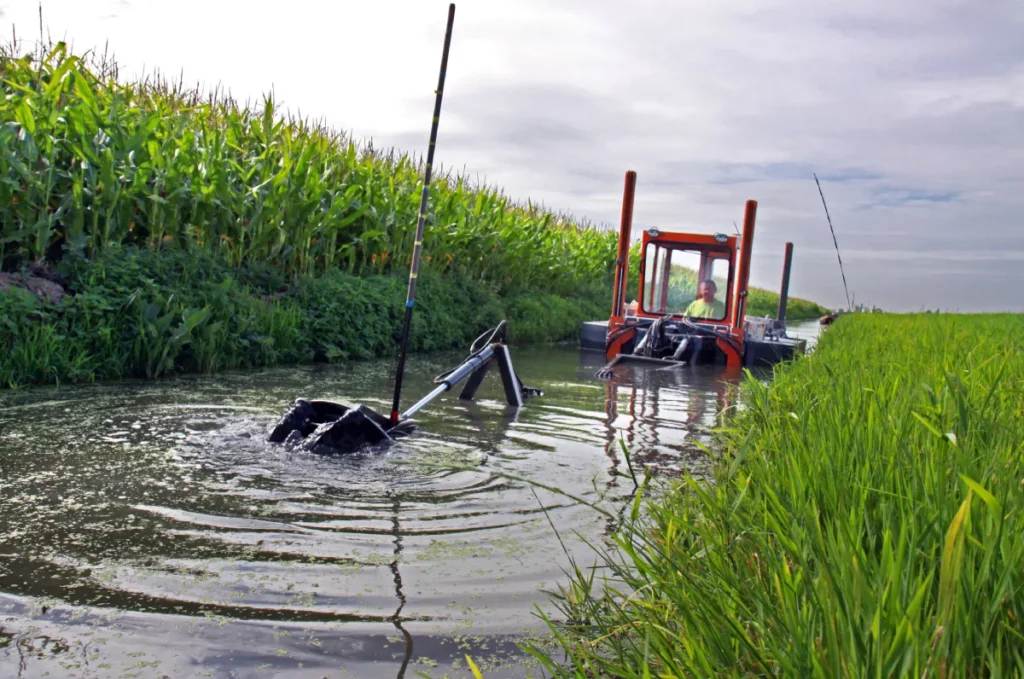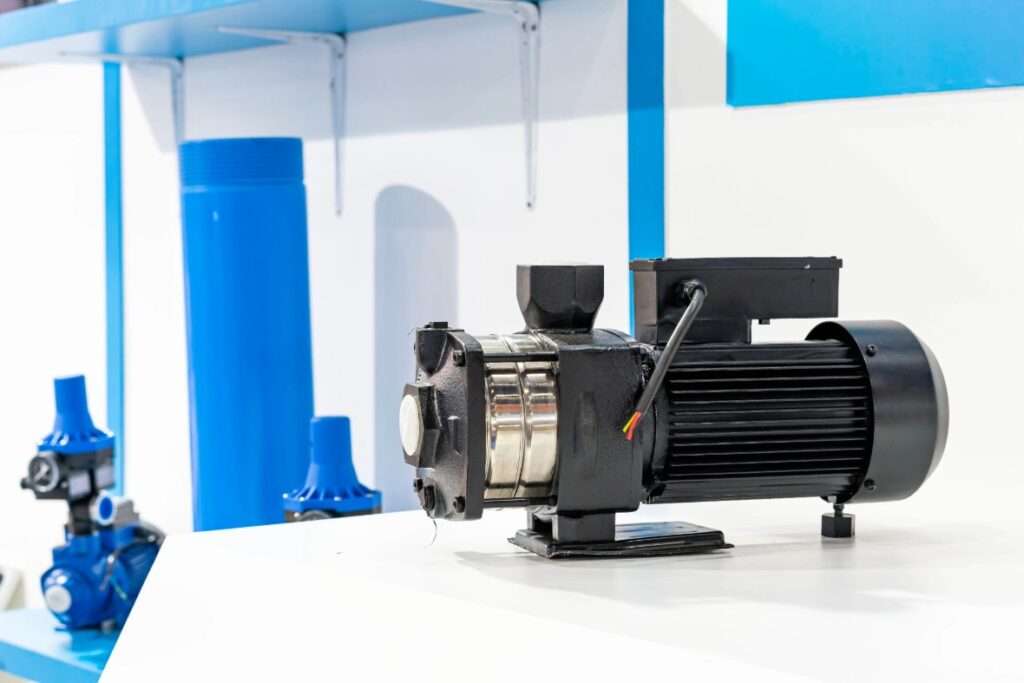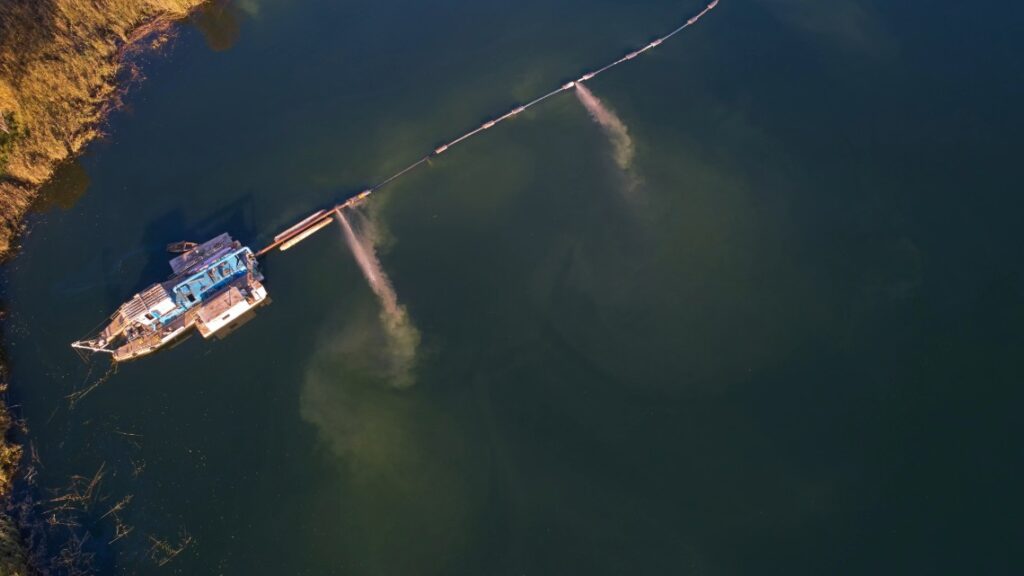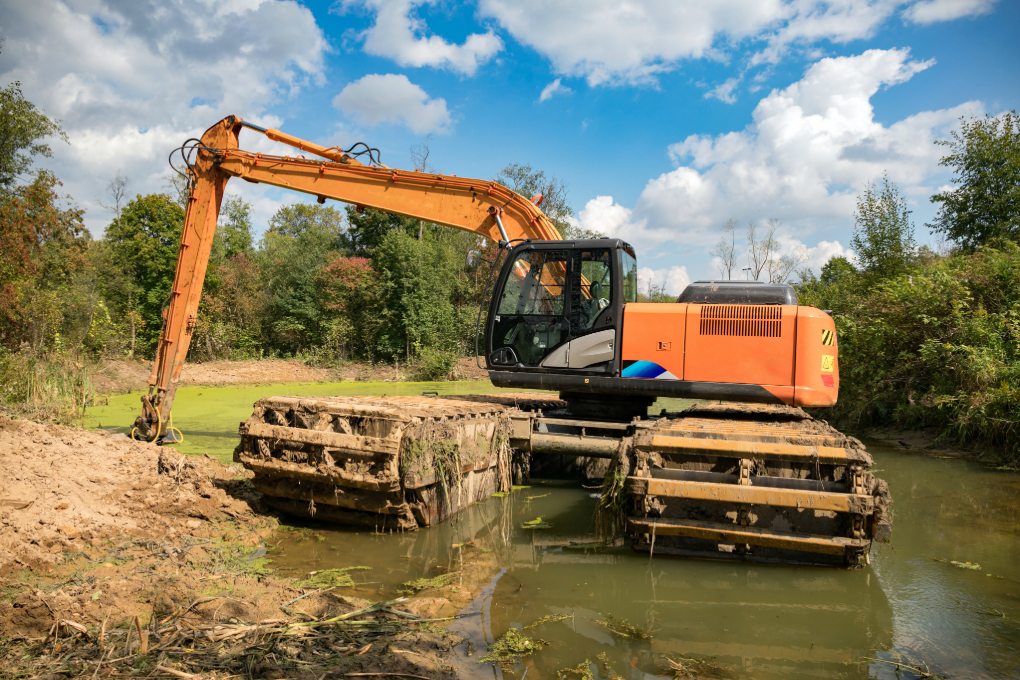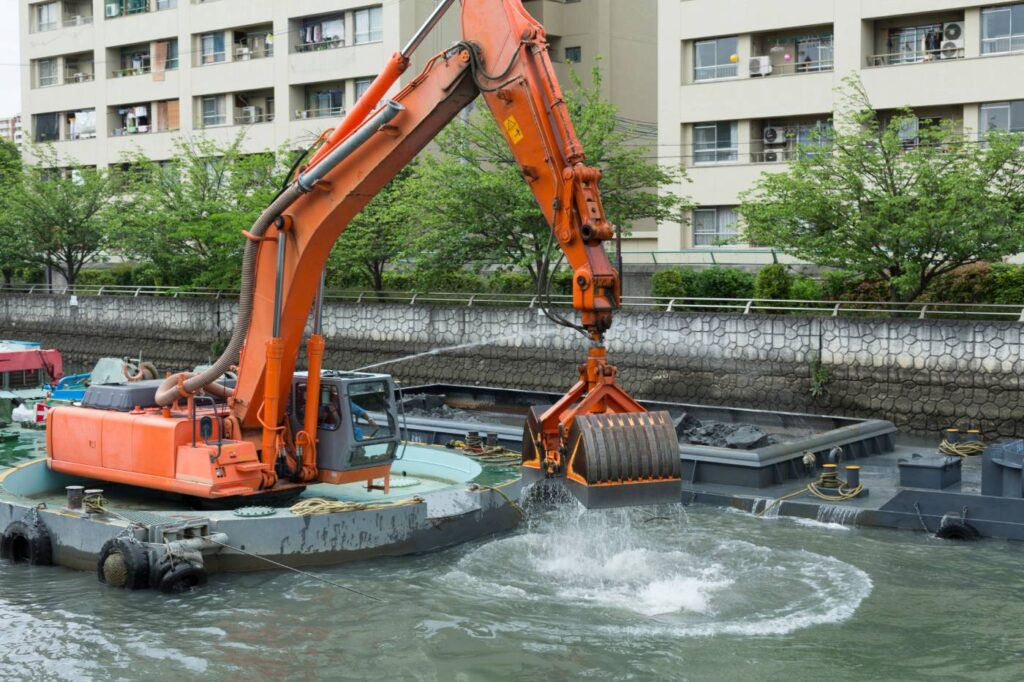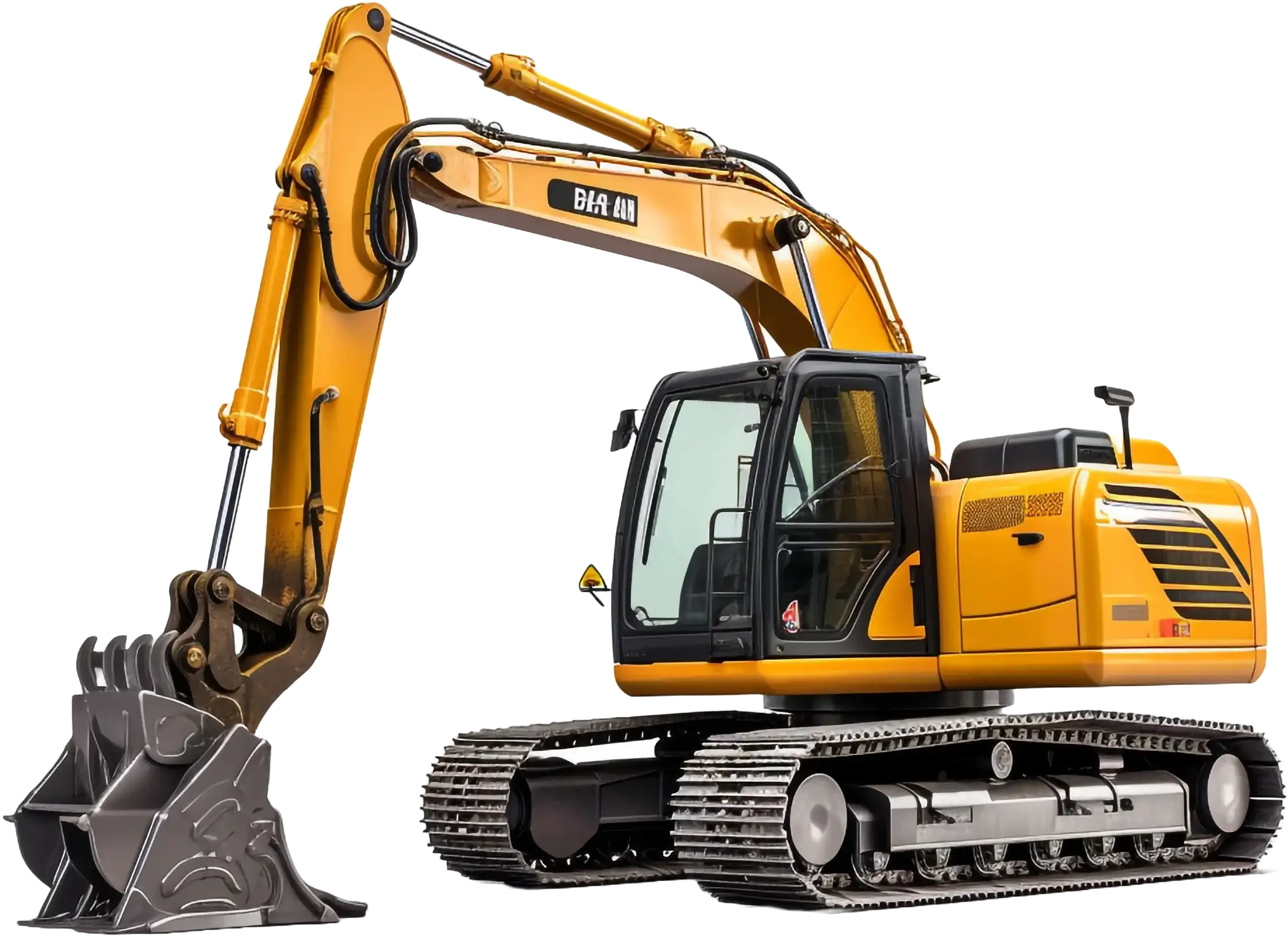Reducing Emissions and Maintenance Costs with Electric Dredge Pump Systems
Electric dredge pump technology isn’t just a cleaner alternative; it’s becoming the defining shift in how modern dredging is powered. As industries around the world face mounting pressure to cut carbon emissions, the traditional diesel-fueled dredging systems are beginning to look outdated, noisy, and unsustainable. Ports, mining sites, and energy corridors can no longer rely on machines that leave behind a trail of CO₂, fuel leaks, and regulatory roadblocks. This is where electric dredge pumps change the story. They offer silent, emission-free power without sacrificing performance, a combination that now determines whether a project gets approved, funded, or even allowed to operate. What began as a sustainability preference is now a practical necessity, pushing operators to rethink how dredging should sound, operate, and impact the environment. In this context, the electric dredge pump has emerged as a breakthrough innovation, offering a clean, energy-efficient alternative to conventional hydraulic or diesel-driven systems. By eliminating exhaust emissions and reducing fuel dependency, electric systems enable dredging projects to meet strict environmental compliance requirements while lowering operational risks. The transition also represents a strategic response to rising fuel costs and emission-related penalties, making it not just an environmental upgrade but a sound business decision. Although the electric dredge pump price may initially appear higher than that of traditional units, the long-term financial advantages are substantial. Lower maintenance requirements, fewer mechanical components, and extended equipment lifespan contribute to reduced lifecycle costs and improved return on investment. Moreover, as electric dredge pump adoption grows across mining, oil and gas, and infrastructure projects, the dredge pump electric configuration is redefining how operators measure performance, shifting focus from short-term capital expense to sustainable lifecycle economics and environmental responsibility. Understanding Electric Dredge Pumps An electric motor, as opposed to a diesel engine or hydraulic drive, powers an electric dredge pump. Sand, silt, slurry, and other materials can be moved from undersea or tight spaces by using electrical energy to provide high-efficiency suction and discharge forces. Electric-driven pumps offer direct torque transfer with little mechanical losses, in contrast to diesel or hydraulic arrangements that depend on combustion and intricate fluid systems. This leads to a cleaner, emission-free operation, smoother performance, and less noise, perfect for urban or environmentally restricted dredging jobs. At the core of its design is a streamlined powertrain that integrates an electric motor, variable frequency drive (VFD), and an advanced control system. This setup enables precise speed control and optimized energy use, ensuring consistent flow rates across varying loads. The dredge pump electric configuration is also known for its higher energy conversion efficiency, translating into lower operational costs and predictable performance across long working cycles. With submersible, cutter suction, and booster pump configurations individually suited to specific site conditions and dredging depths, electric dredge pumps are highly adaptable. While cutter suction and booster systems are utilized in large-scale mining, port, and reclamation operations needing long discharge lengths, submersible variants are preferred for small, shallow-water applications. The electric dredge pump price depends on several factors, including motor power rating, discharge capacity, and construction materials suitable for abrasive environments. Mobility features, such as skid-mounted or floating platforms, and automation options like remote monitoring and pressure control also influence total cost. While the initial electric dredge pump price may vary based on configuration and performance requirements, the long-term savings from reduced fuel use and maintenance make the dredge pump electric solution a cost-efficient investment for high-demand dredging operations. How Electric Dredge Pumps Reduce Emissions The dredge pump electric configuration’s ability to run with zero direct emissions is one of its biggest benefits. Electric-powered dredging systems operate only on clean electrical energy, in contrast to diesel-driven systems that emit carbon dioxide (CO₂), nitrogen oxides (NOₓ), and fine particulate matter. They are perfect for projects situated in emission-sensitive regions like marinas, inland waterways, and close to residential or protected coastal areas since they reduce hazardous exhaust emissions at the point of usage. Through practical implementations, industry leaders like Damen, Royal IHC, and DAE Pumps have shown the operational and environmental advantages of electrification. For instance, Damen’s E-DOP150 electric submersible pump has been effectively employed in marina maintenance projects where the protection of aquatic ecosystems and water quality required silent, emission-free dredging. Similar to this, DAE’s environmentally friendly pump systems and IHC’s all-electric dredgers demonstrate how electrification satisfies contemporary sustainability and compliance requirements while preserving great dredging efficiency. The exceptionally low noise output of electric-powered equipment is another distinguishing characteristic. Because there is no internal combustion, operational noise is greatly reduced, which minimizes disruption to surrounding populations and animals. Because of this, they are especially useful for projects such as urban dredging, port maintenance, and ecological restoration that must comply with environmental protection regulations and noise pollution limits. By integrating clean electric drives and precision control technologies, modern dredge systems support compliance with ESG (Environmental, Social, and Governance) objectives, ISO 14001 environmental management standards, and national regulatory frameworks aimed at reducing industrial emissions. While the electric dredge pump price may vary depending on motor capacity and setup, these systems provide long-term environmental and compliance value that extends well beyond initial capital investment. Maintenance Efficiency and Cost Reduction The shift from diesel and hydraulic dredging systems to electric dredge pump configurations brings a measurable reduction in maintenance complexity and cost. Traditional setups rely on combustion engines, multiple moving components, and intricate hydraulic circuits, all of which demand regular servicing, fluid changes, and part replacements. In contrast, electric systems feature a simplified drivetrain with fewer mechanical parts, no hydraulic fluids, and no combustion chamber, leading to substantially lower wear and more consistent performance over time. Without the need for hydraulic oil or fuel-based systems, operators eliminate one of the most common environmental hazards in dredging, hydraulic oil leaks. This not only improves on-site safety but also reduces cleanup liabilities and compliance costs related to spill prevention and reporting. Industry data from leading manufacturers such as Damen and IHC indicate that switching to a dredge pump electric system can reduce maintenance costs by up to 30–40%
Reducing Emissions and Maintenance Costs with Electric Dredge Pump Systems Read More »

